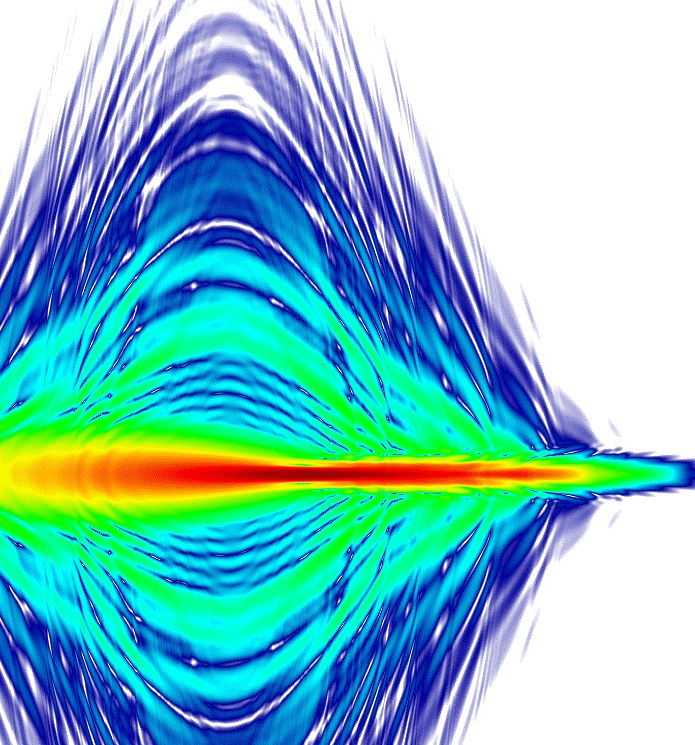Developing an XUV source for wafer lithography - Lund Laser Center and ASML
 ASML is developing a new wafer lithography process using extreme ultraviolet light to reduce the feature size of the structures made in silicon. The metrology of the produced structures has to follow the developments in feature size. This is becoming ever more important in chip production. One of the possible solutions is based on high-order harmonic generation, an area that the Lund Laser Center has extensive research expertise in, though not for this application. The team around Anne L’Huillier, and Cord Arnold has been studying and developing extreme ultraviolet sources based on high-order harmonic generation and applications of these sources for many years.
ASML is developing a new wafer lithography process using extreme ultraviolet light to reduce the feature size of the structures made in silicon. The metrology of the produced structures has to follow the developments in feature size. This is becoming ever more important in chip production. One of the possible solutions is based on high-order harmonic generation, an area that the Lund Laser Center has extensive research expertise in, though not for this application. The team around Anne L’Huillier, and Cord Arnold has been studying and developing extreme ultraviolet sources based on high-order harmonic generation and applications of these sources for many years.
This team was contacted by ASML to help them to develop these coherent extreme ultraviolet sources. The company was particularly interested in their modelling capabilities. ASML studied new source options, using input regarding modelling from LLC. A collaboration was established with biweekly video meetings and visits to both places. In addition, small scale studies were performed at LLC.
A new numerical tool was developed, based on early work at LLC, and implemented in the ASML simulation suite. The collaboration led to new ideas, improving LLC’s understanding of high-order harmonic generation and providing them with a modern and precise simulation capability. The research at LLC is mostly focused on using the extraordinarily short pulse duration of high-order harmonic sources in the attosecond regime to temporally resolve fundamental processes in atomic-, molecular and solid state physics. In the collaboration with ASML, the research emphasis was moved towards the optimization of the conversion efficiency, spatial coherence and focusing properties of high-order harmonic sources. It led to common publications.

